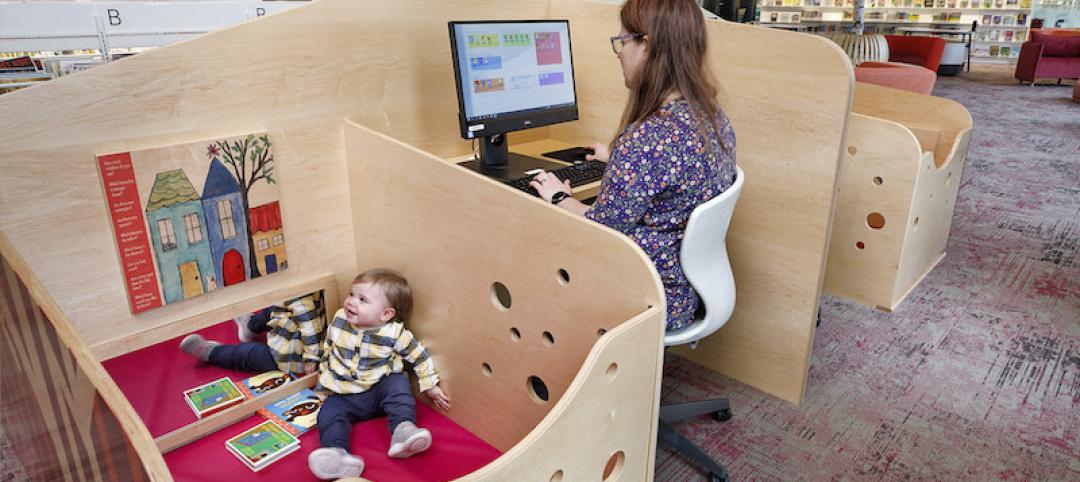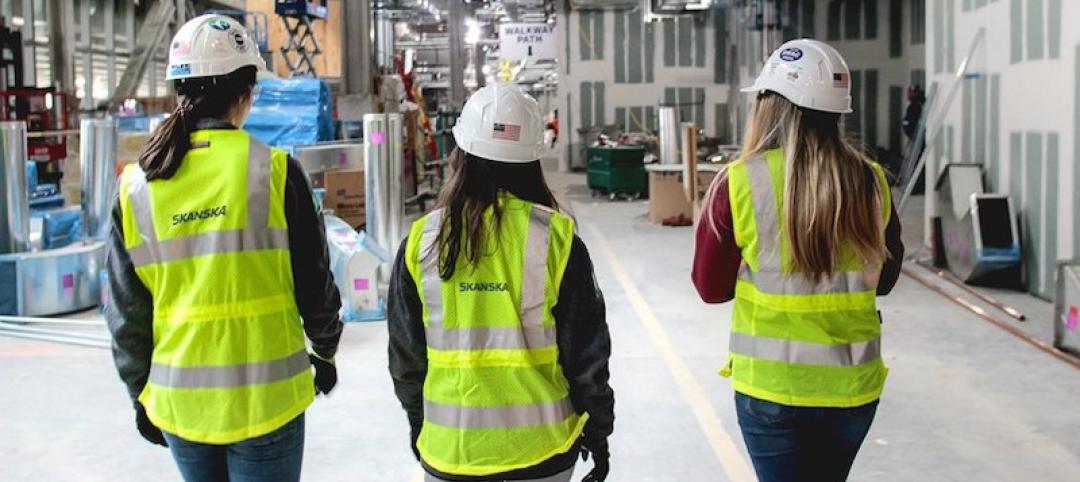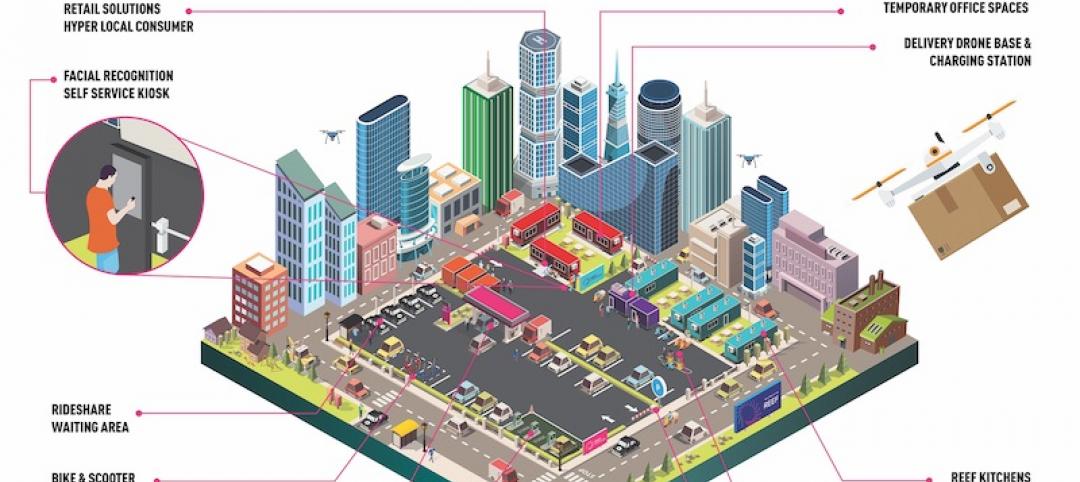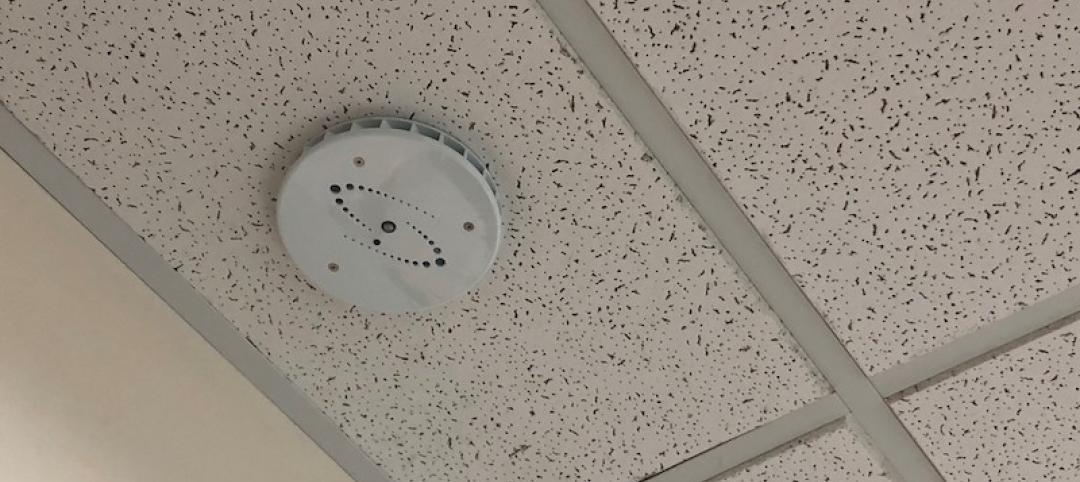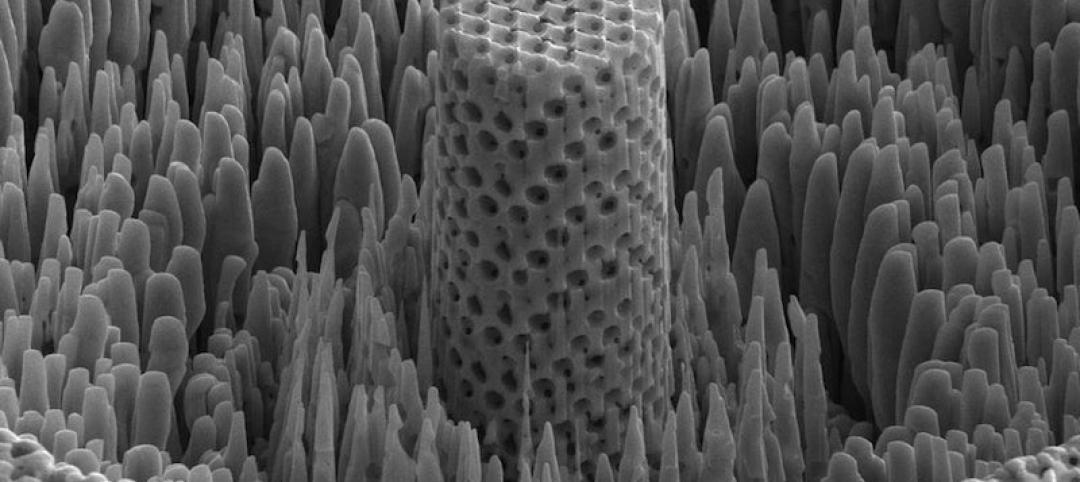The exoskeleton is a popular science fiction trope: “Aliens,” “District 9,” and “Edge of Tomorrow” all prominently feature the mechanical suits. And as with many sci-fi inventions before it—holograms, 3D printing, self-adjusting shoelaces—exoskeletons are making the jump from the silver screen to the real world.
SuitX industrial exoskeletons reduce the risk of injuries to the wearer without the use of batteries, actuators, or computers. Available in backX, legX, and shoulderX, the modular devices can be combined to form a full-body exoskeleton, called MAX.

BackX can be put on and taken off in 30 seconds and is designed to integrate with standard safety harnesses and tool belts. The module reduces the forces and torques on a wearer’s lower back region (L5/S1 disc) by an average of 60% while stooping, lifting objects, bending, or reaching. It comes in two models. Model S is compatible with legX, weighs 4.9 lbs, and is worn with an exoskeleton harness that weighs 2.5 lbs. Model AC is compatible with legX and shoulderX and weighs 7.5 pounds. It is worn with the same 2.5-lb harness. The Model S frame keeps the rear belt open and accessible for reaching tools, while the Model AC frame is load-bearing and transfers the weight of attached loads directly to the hips or the ground if legX is attached.
See Also: IAQ monitoring for all
LegX allows the wearer to squat repeatedly or for prolonged periods of time by reducing the knee joint and quadriceps muscle forces. The system can distinguish between walking, ascending/descending stairs, and squatting to provide support only when it is needed. A locking mode allows the module to be used like a chair. LegX is offered with a custom work boot to maximize comfort. LegX weighs 13.7 lbs, but is not borne by the user.

ShoulderX reduces gravity induced forces at the shoulder complex, enabling the wearer to perform chest-to-ceiling-level tasks for longer durations and with less effort. The module balances the combined weight of the wearer’s arm and the tool he is holding throughout the body’s range of motion and can be quickly tuned for different levels of support. The support force gradually increases as the user lifts his arms. ShoulderX weighs 9.4 lbs with one arm attached, 11.7 lbs with two arms attached.
When all three modules are combined, the system reduces the muscle force required to complete tasks by as much as 60%, says the maker.
BackX and shoulderX cost $4,000; legX is $6,000.
Related Stories
Great Solutions | Apr 13, 2020
Family workstations highlight the new Fairfield Area Library
The workstations are the perfect remedy for squirming, restless children and toddlers.
Great Solutions | Feb 5, 2020
Power moves: The Shed
Precise positioning of mechanicals above its lighting keeps New York’s kinetic event space, The Shed, running.
Great Solutions | Dec 18, 2019
Robot uprising
Thyssenkrupp’s robotics interface platform helps robots use elevators like humans.
Great Solutions | Nov 12, 2019
Skanska designs personal protective equipment tailor-made for the female workforce
A safety vest is the first piece of equipment to undergo an update.
Great Solutions | Oct 3, 2019
REEF Technology wants to turn parking facilities into urban mobility hubs
The company currently operates 4,500 parking lots in 25 markets across North America.
Great Solutions | Aug 30, 2019
An ‘Internet of Beings’? Kinetic flooring promises more than just energy generation
Pavegen says its technology delivers a new level of human engagement in sustainability initiatives.
Great Solutions | Aug 7, 2019
Earthquake response system takes the guesswork out of seismic safety
The platform provides real-time monitoring to help avoid unnecessary evacuations and improve emergency response.
Great Solutions | Jul 12, 2019
Smart sensor maintains privacy, enhances safety in sensitive spaces
The HALO IOT sensor is designed for use in places where cameras are not welcome.
Great Solutions | Apr 9, 2019
Raising the roof is cool again
Upbrella allows for floor-by-floor building construction that is, reportedly, safer and more productive than traditional methods.
Great Solutions | Mar 12, 2019
When is wood not really wood?
Inspired by the look and cellular nature of wood, researchers create 3D-printed “digital wood” and “metallic wood” that is as strong as titanium, with the density of water.



